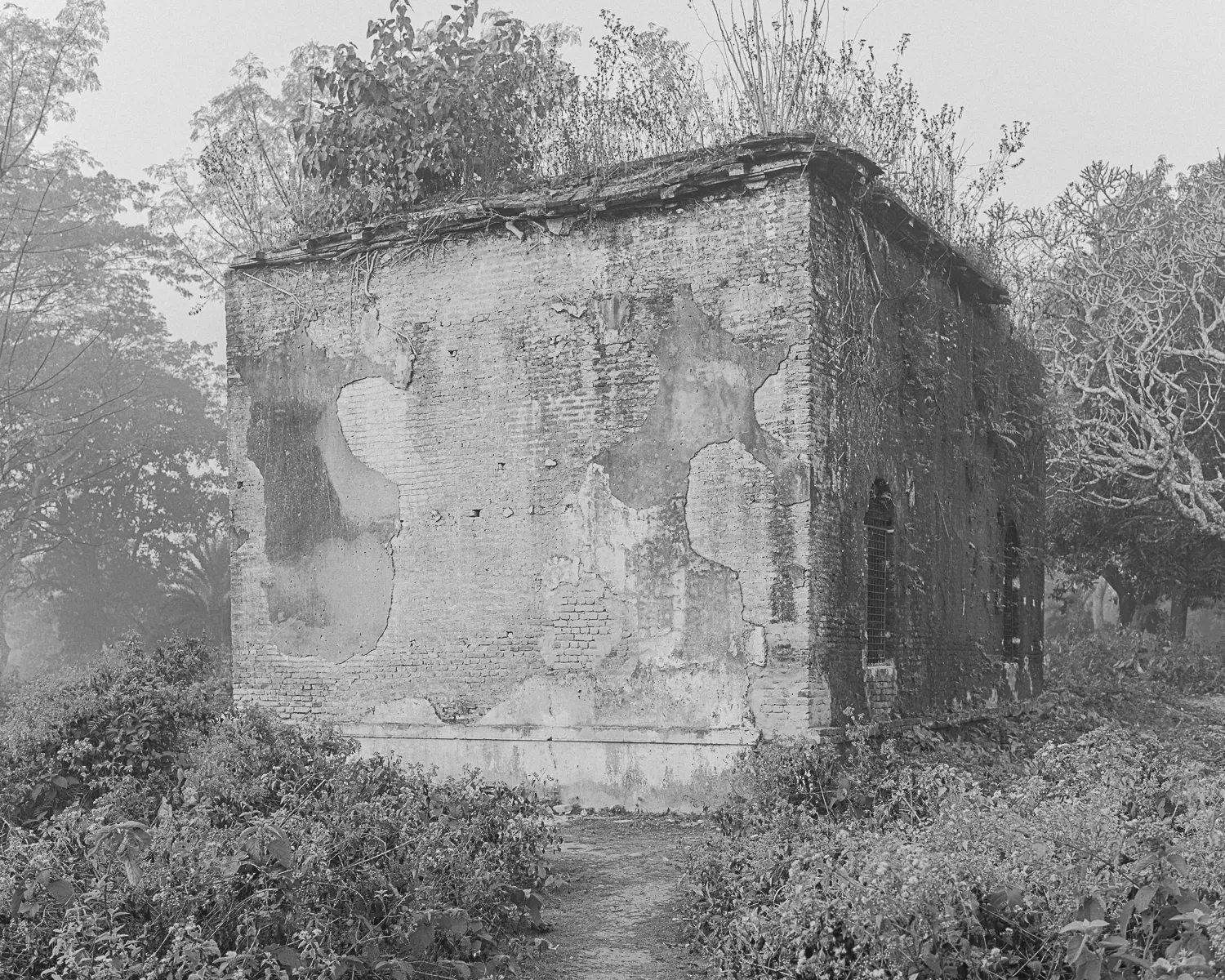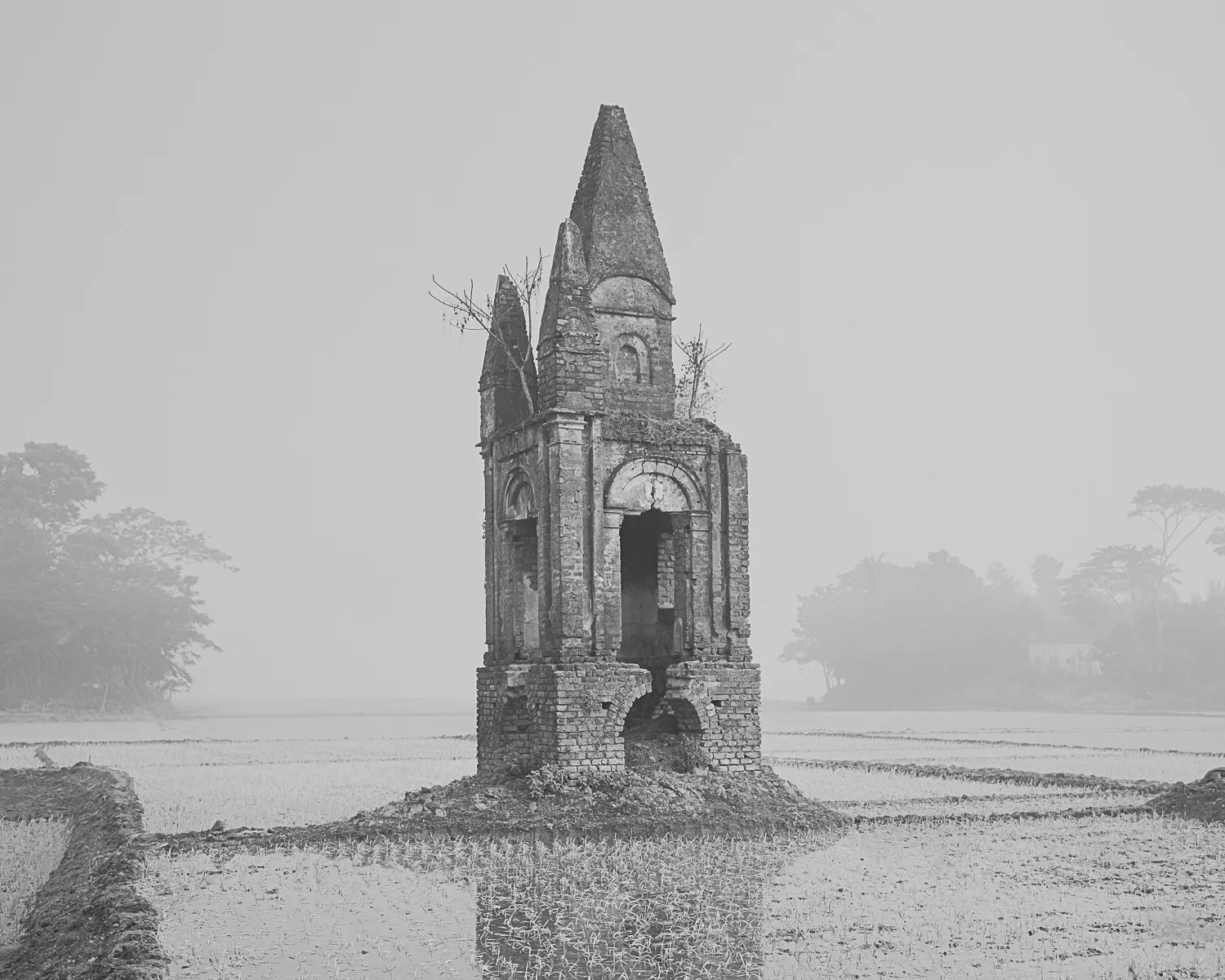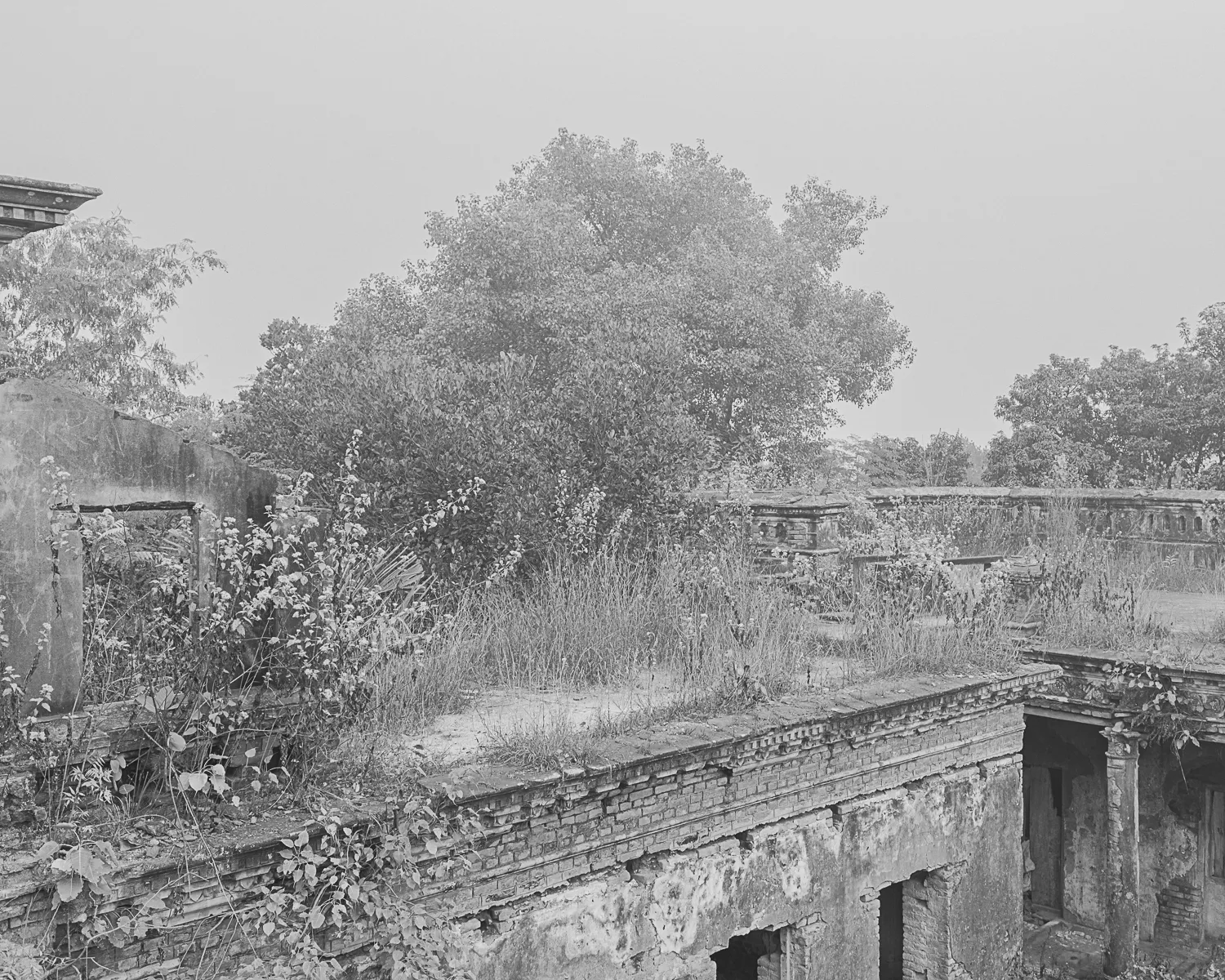 Sarker Protick, From the series 'Awngar,' ongoing. Courtesy of the artist.
Sarker Protick, From the series 'Awngar,' ongoing. Courtesy of the artist. Sarker Protick's photographic practice draws us into the layered histories embedded in the landscape of Bengal—a region divided by contemporary borders but deeply connected through a shared colonial past. In Awngar, his ongoing project exhibited as part of the inaugural After Nature. Ulrike Crespo Photography Prize at Crespo House in Frankfurt, Protick traces how the infrastructural legacy of the British Empire—particularly the expansion of railways and coal mining—continues to shape the ecology, politics, and daily life of the region.
Moving between Bangladesh and eastern India, Protick documents what remains of this colonial machinery: rusted tracks, derelict workshops, deforested mining zones, and terrain hollowed out by centuries of extraction. His photographs, often devoid of people yet dense with human presence, capture the quiet violence of industrial ambition—the slow violence of empire inscribed in soil, steel, and stone. Through his lens, landscape becomes both archive and witness.
Presented alongside Laura Huertas Millán's filmic meditation on coca and colonialism, Awngar exemplifies what the After Nature prize seeks to highlight: urgent, visually rich work that reframes how we perceive land, nature, and time in the Anthropocene. The prize, founded by the Crespo Foundation—established by the late Ulrike Crespo, a psychologist, photographer, and philanthropist—and initiated in collaboration with C/O Berlin, supports lens-based practices that confront the deep entanglements of environment, history, and power. Curated by Ben Livne Weitzman and Katharina Täschner, the exhibition brought together two distinct yet resonant visions that reckon with the afterlives of colonialism.
Protick's approach resists the immediacy of photojournalism in favor of slow looking and atmospheric depth. His quiet but insistent images reject spectacle in favor of atmospheric depth, historical excavation, and a slow reading of place. At a time when photography is often expected to explain or expose, Protick’s work instead unsettles and expands—offering a visual field shaped by absence, resistance, and the long shadow of empire.
In the following conversation, we discuss how Awngar evolved from Protick's earlier research into colonial railways, his approach to photographing slow violence, and the complex intersections of ecology, imperialism, and extraction that shape his work.
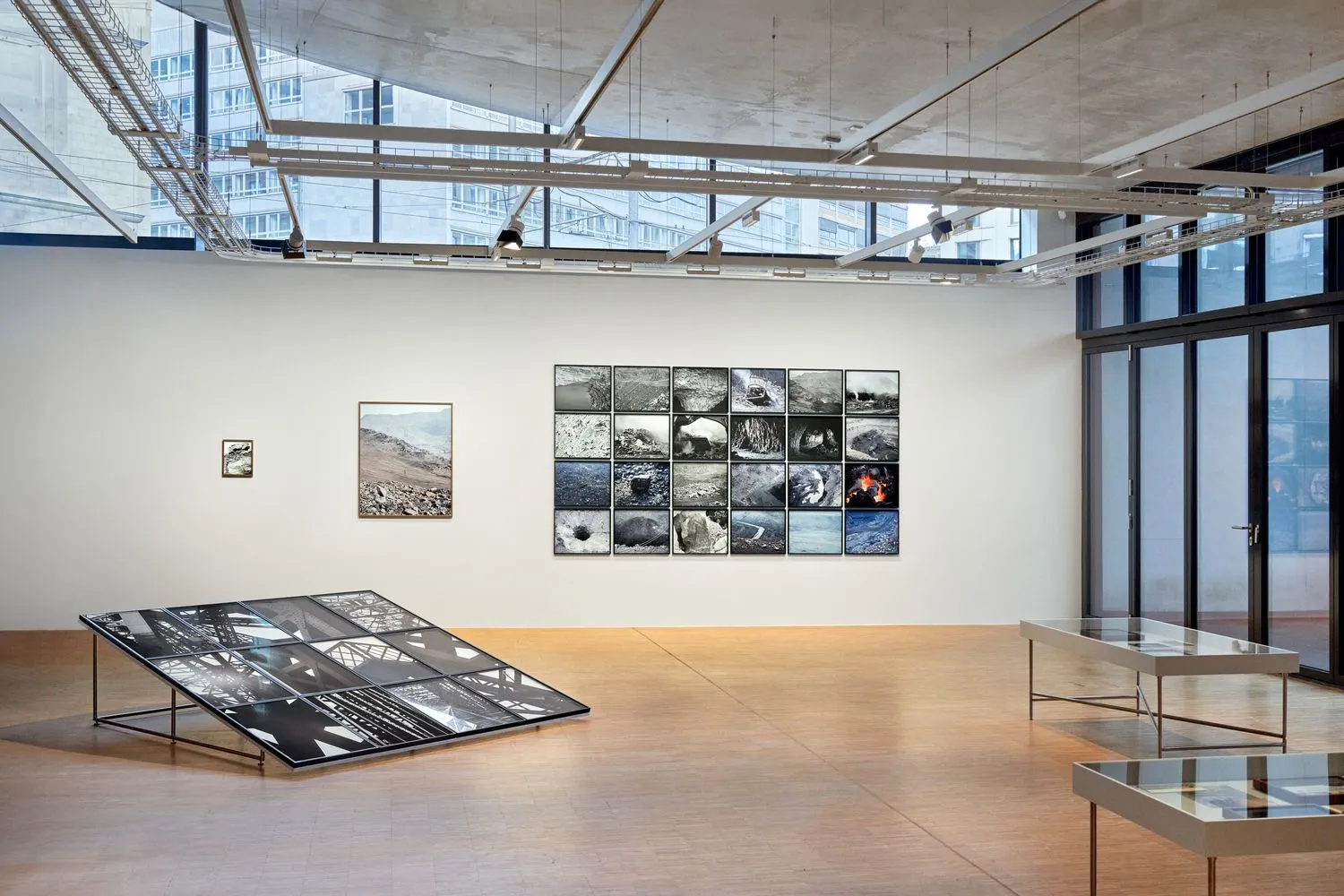
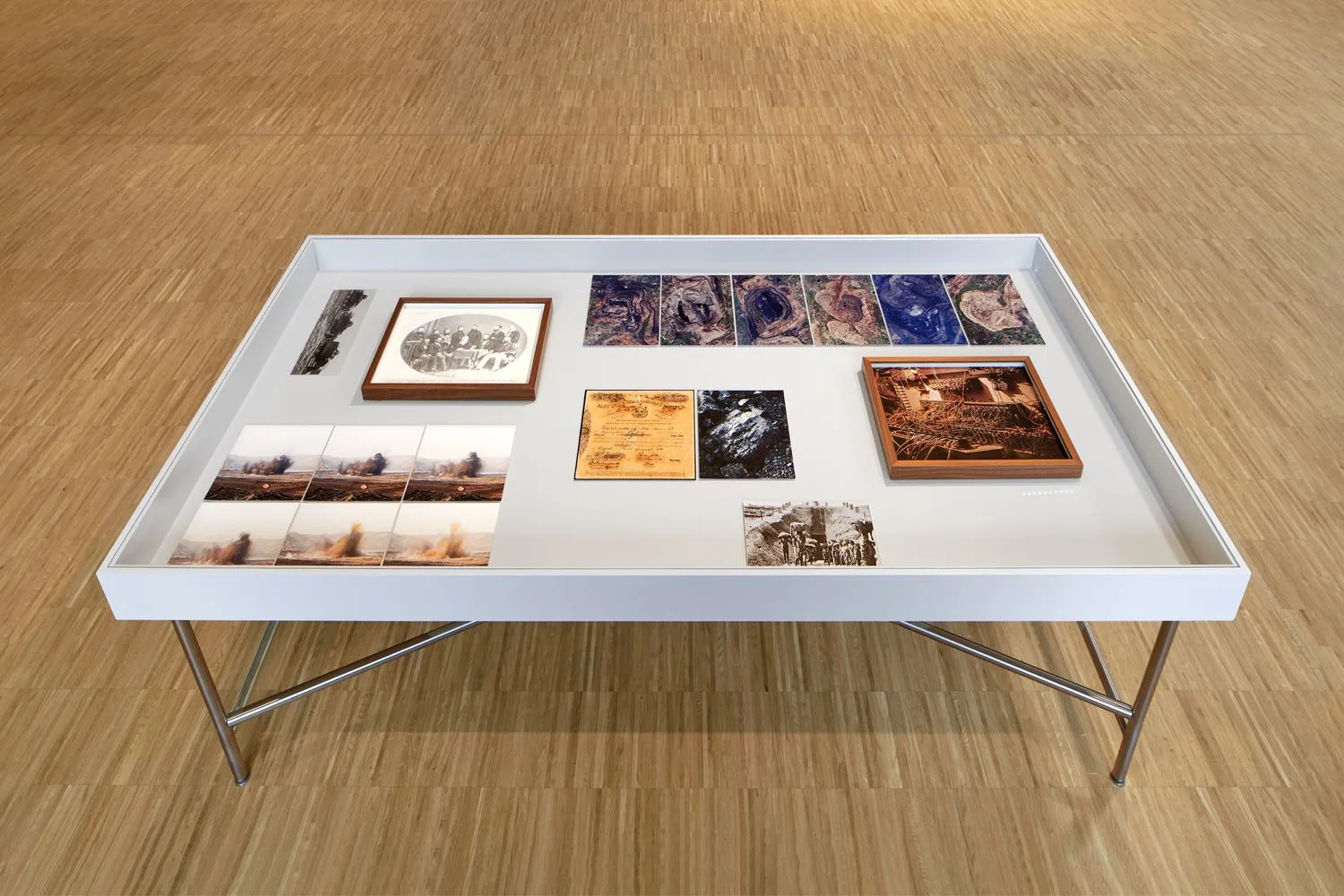
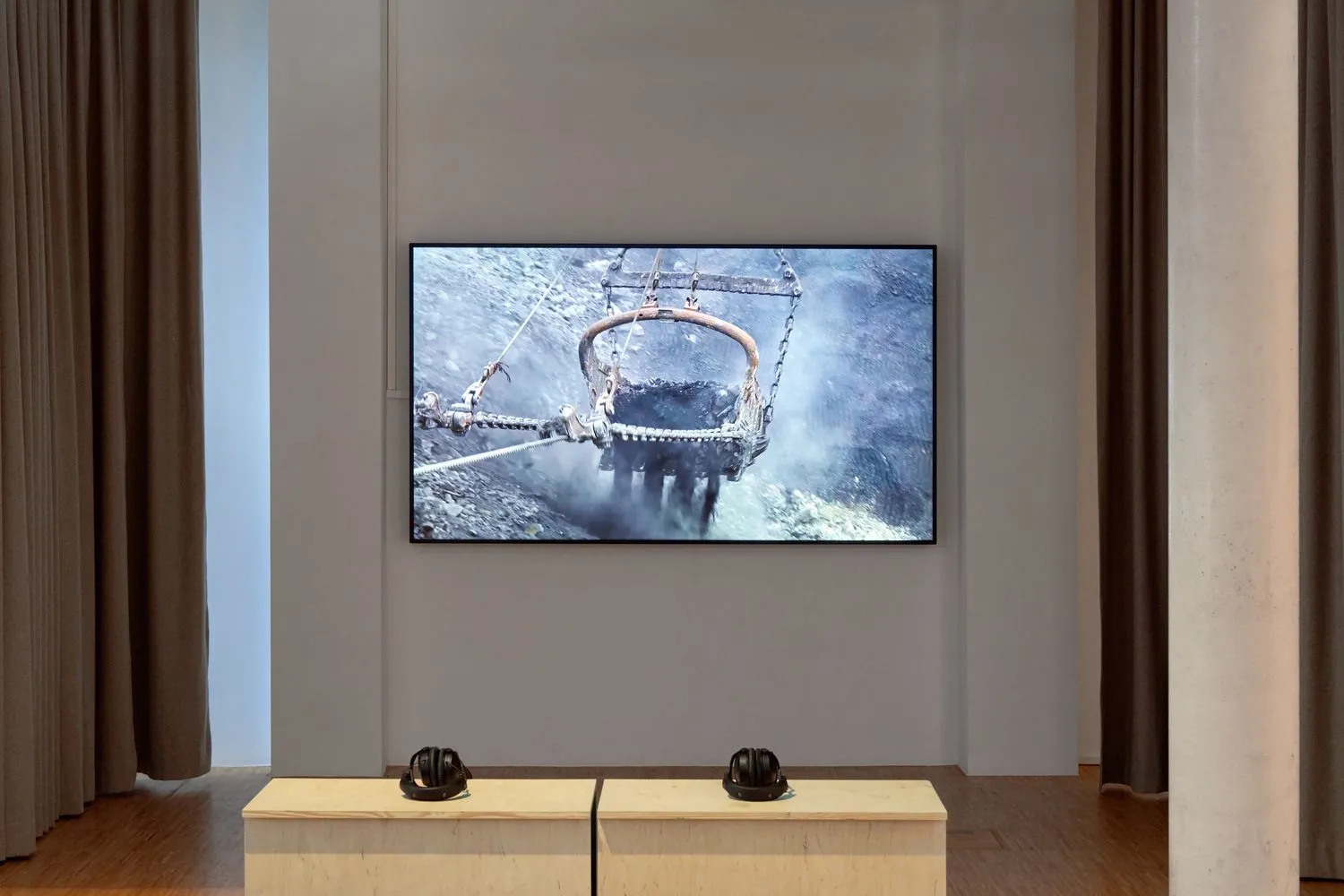
Jelena Martinović: This is the inaugural edition of the After Nature Prize. What does this recognition mean to you at this point in your practice?
Sarker Protick: For me, there are a couple of things this prize represents. One major component is the support it provides. The project I was working on had already started with the railways, but in order to develop it further, I needed to travel more. Works such as this are not like studio based practice—you need to confront real situations, encounter people in real life, experience the realities on the ground. This process involves a lot of logistics, including travel. Without it, I don't think I would've been able to accomplish what I did in such a short time. I usually self-fund my work, which naturally slows things down. This will still be a long-term project, but what I was able to do in this phase was only possible for the prize.
There's another aspect too. Coming from South Asia, and not even from bigger countries like India or Pakistan, but from Bangladesh, a much smaller country whose presence is often overlooked. Not only in the context of art, but more broadly. We rarely get the opportunities to present our work internationally. I've been fortunate in many cases, but to have a show in a space like C/O Berlin, which sits in the heart of the city and draws a wide audience—that’s very special for any artist.
And after that, the work went to Frankfurt, which is where you saw it. That is quite different from C/O. Crespo House felt truly community-driven. I've seen other art spaces in Europe, but this here felt very different. Ben and Christiana, and the rest of the team have created a very warm and collaborative space. Showing here was also a wonderful experience.
JM: What initially drew you to coal mining as a subject, and how did that interest evolve into the layered exploration we see in Awngar?
SP: It has an interesting backstory. I didn't set out to make work about coal mining initially. I have been working on a different project, about the railways in Bengal—specifically in Bangladesh—tracing their colonial history and how it still has an effect in the present day.
I don't know how familiar you are with the region, but Bangladesh and India used to be one country, colonised by the British Empire for over 200 years. The British built the railways to maintain military control and extract resources like Coal, jute, indigo, rice, sugar, cotton, and tea. Bengal is incredibly fertile, so there was a lot to take. That was one of the key reasons they invested in building this railway infrastructure.
Just before the British Raj left, they divided the continent into two countries—India and Pakistan. But what they also did was, splitting Pakistan into two parts as well, with India in the middle, knowing it would become a crisis in the future. One part of Pakistan was on the west side, and one on the east—separated by thousands of miles. In 1971, there was a war and the eastern side, much smaller, eventually became Bangladesh. So the land I am working, holds the history of three countries, all shaped by imperial legacy. And the railway was a critical tool in that transformation.
So that was the project I was working on. As I got more immersed in the subject, and in the research, I began to read as much as possible. Sometimes, even basic histories are forgotten. Things we learned in school but didn't carry with us. While reading about the railways, I came across a writer who described the railway as one of the most disturbing elements introduced into Bengal's ecology. Bengal is a water-based region with countless rivers flowing to the sea, which makes it so fertile. I read how to build the tracks, the British East India Company had to interfere with those natural systems and flows of water—building embankments, altering water paths, and disrupting the environment.
This made me think more deeply about where these infrastructures came from, who built them, how they were built, and what they changed—socially, ecologically, politically. At one point, I read a book by a British engineer and writer James Lovelock who spoke about the "Age of Fire," in which he connects to the origins of the Anthropocene. He argued that this epoch began with the invention of the steam engine and the expansion of the railway—powered by coal.
Coal was central—not just as energy, but as the foundation for modern transportation. It enabled a scale of movement and extraction that had never existed before. And that's what gave rise to the Industrial Revolution.
I thought it was fascinating how it completely shifted human history. Of course, I knew about steam engines and coal on a basic level, but as a visual artist—someone who loves images, books, cinema—I felt there was something deeper there, I began to trace those connections: from the coal mines, to the rail tracks, to the colonial industrial ruins. The first rail track in Bengal was built to transport coal. It all seemed so connected. That became the starting point: how to explore this visually, and how to connect these threads within a body of work. This is how my exploration of coal landscapes—and the histories they carry—began.
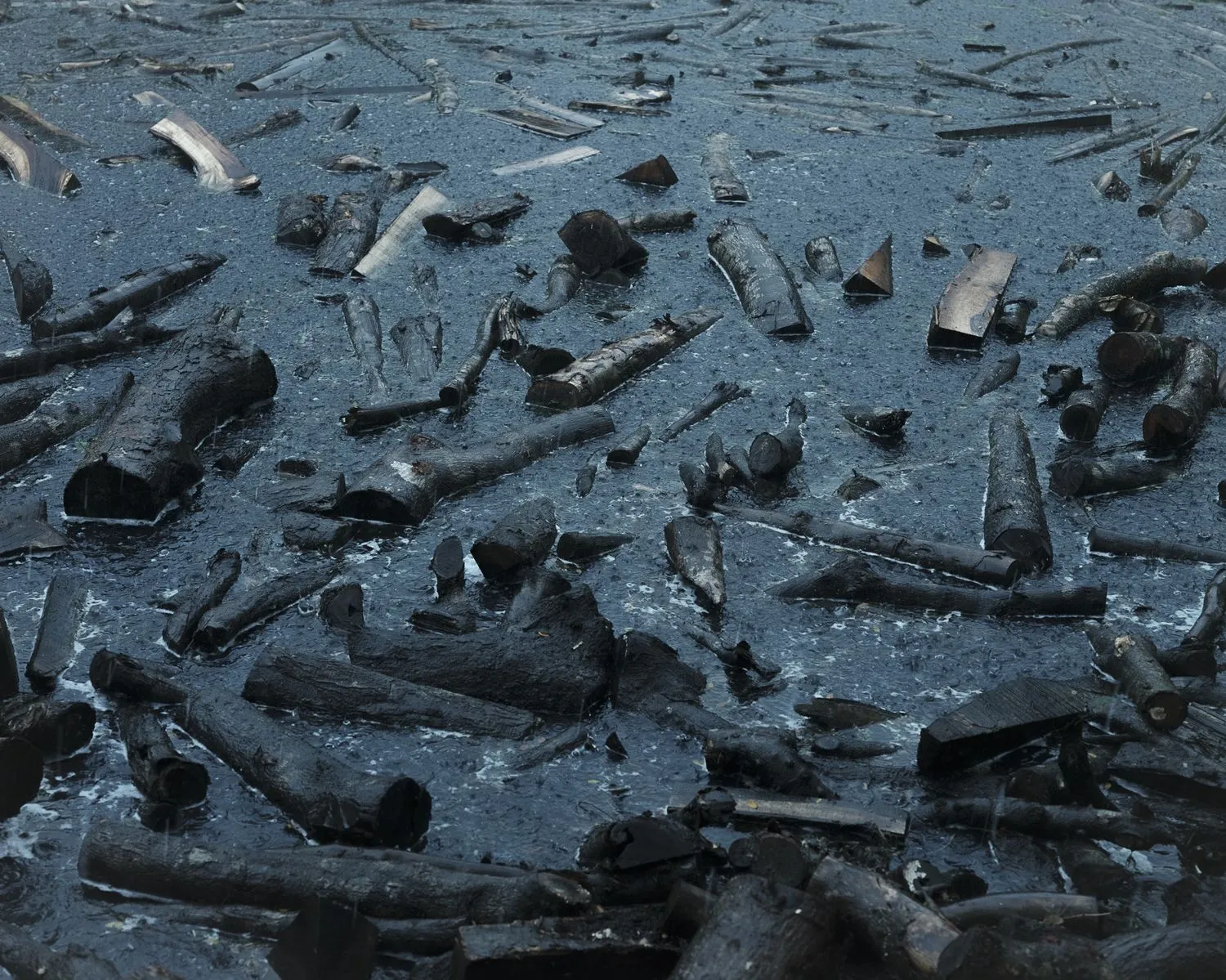
JM: Your work traces how the entangled histories of colonialism and capitalism have reshaped both the landscapes and communities of Bengal. How do you see contemporary forms of extraction and privatisation continuing these colonial patterns today?
SP: Initially I started exploring older mining sites—those with older technologies, like underground mining. Many of these are now obsolete or hidden within villages across the landscape. But I also wanted to trace the continuation and the evolution of it.
As a photographer, I often feel the urge to archive what hasn’t been archived. When people think of Bangladesh, certain fixed images come to mind—poverty, garment workers, "Made in Bangladesh" tags, floods and disaster. That is a narrow idea of the country. It's also necessary to tell other stories that are equally part of the region but rarely acknowledged. The histories I've been exploring are often unknown to outsiders and sometimes they were unknown to me, too, until I started this work. It's been a process of learning as I go. But I also knew I didn't want to only look at the past. I wanted to build a bridge between past and present—to understand the continuity.
That led me to present-day mining sites, the more recent images in the series. There's a shift not only in mining technologies but also in who controls the resources. The colonial powers have been replaced by new authorities, operating within a capitalist system that is built on extraction, expansion, and accumulation. And it's only accelerating. That's where the work becomes more speculative. It gestures toward a dystopian future. Not quite science fiction, but there's definitely a post-human lens at play.
JM: Well, the video work in the exhibition definitely feels dystopian.
SP: Yes, exactly. And that's reflected in the present as well. I don't know if you recall one of the photographs—the blue-toned one with cut-down trees floating on water. It was taken about a year and a half ago in the south of Bangladesh. The government chose a forest— the largest elephant sanctuary in the country, to build a new rail track. They cut down more than 700,000 trees and levelled hills in the process. That image connects directly to the continuation of the historical deforestation that accompanied early railway expansion—not only in this region but globally. This photograph speaks of a past that's still playing out in the present.

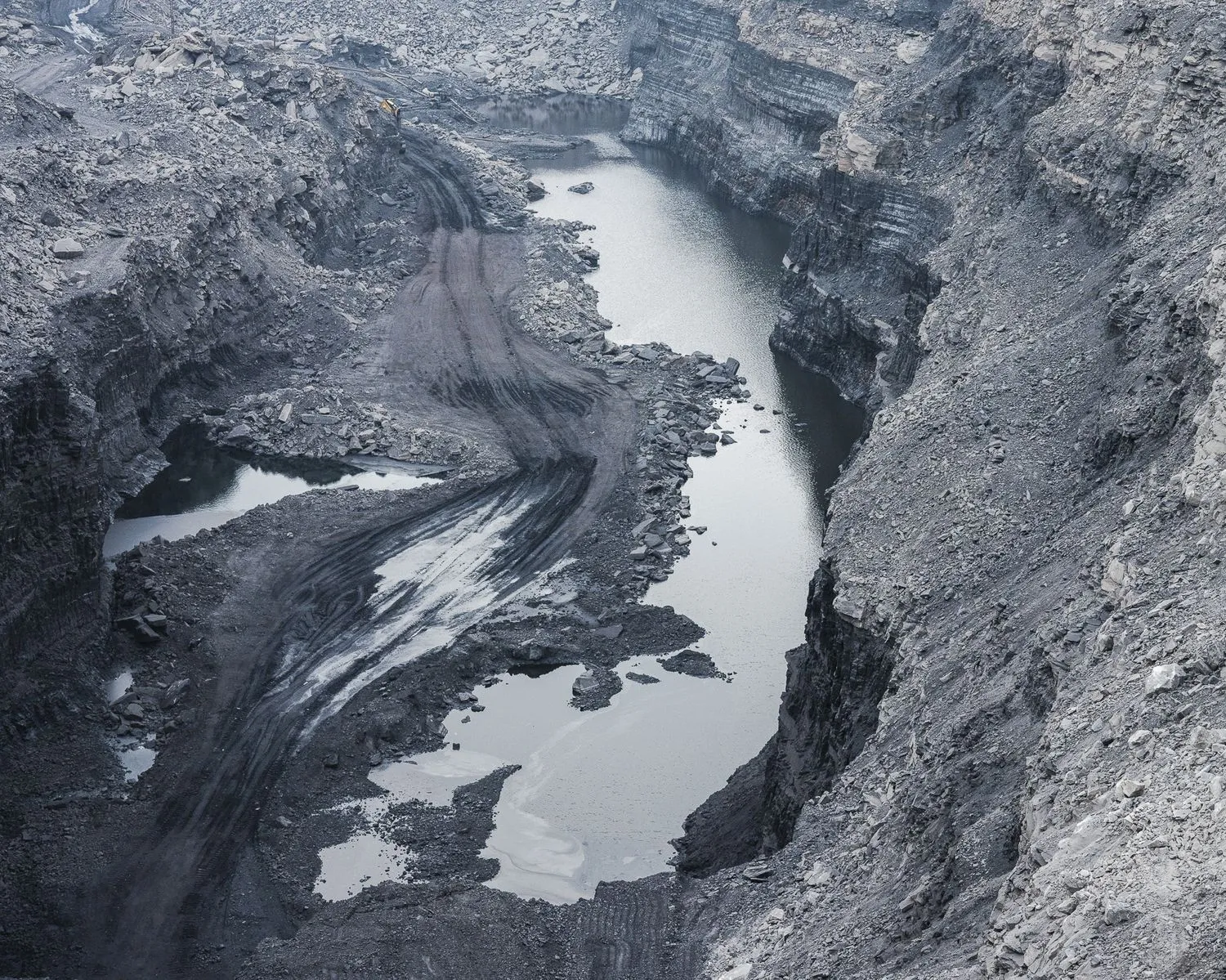
JM: In Awngar, you also touch on the role of local elites in these systems. Why was it important to you to bring these complex, often overlooked histories of power to the forefront?
SP: There's one figure in particular I mention there, whose story is incredible. If this were a Hollywood film, he’d be a perfect protagonist. Dwarkanath Tagore was an early industrialist in India, deeply involved in the opium trade under British colonial rule. During the Opium Wars between Britain and China, he oversaw distribution—he managed the ships, the logistics. There was a great demand for opium in China, and this was created and supplied by the British Empire.
Eventually, D.T wanted to enter the coal industry. The British had already started mining, but weren't progressing as fast as they wanted because they lacked strong local networks. However, when Tagore tried to enter the business, the British East India Company denied him, as they did not want natives to own such enterprises.
So he partnered with a British associate, set up a joint company, and entered the industry anyway. At some point he even almost took over the business. He was a complex figure—on one hand, someone working in the extraction business as a local, and on the other, someone constantly negotiating with colonial power structures. His dream was to build railway tracks. He’d seen their impact abroad and understood how transformative they could be.
At that time, railways were what AI is to us today—something seen as a force that would transform the world. The British empire never allowed him to build them, but eventually, after his death the first railway in India was built on his coal mine. That’s one of the major sites of my project.
These aren't stories I can always photograph directly. If I were a filmmaker, maybe. But for me, they become part of the project—motivation to go out, to search and explore. These histories aren't easily available; these are not part of the history tours. You need to connect fragments, research, find access. This takes a lot of effort and energy, but these stories work as a push of a kind. A big amount of motivation that drives the work comes from these stories.
JM: How do you see the long-term impact of these two interlinked industries on local communities and ecosystems?
SP: In many of the areas I photographed, that connection is still very visible—railways built to serve the mines. Some of the new images I've made—after the exhibition—show villages collapsing because of mining nearby. The blasting destabilised the land, and of course, the toxic air, which deeply affects people’s health. I'e avoided photographing people too directly. I'm aware that I'm entering these communities as someone who doesn't live there. There's always a risk of parachuting into a place and extracting stories. That happens in photography, in art, in curation. I am a bit cautious about that.
At the same time, It's not just how it affects communities; it's extremely hazardous to the environment. A lot of these conversations—and the reason why the term Anthropocene is sometimes seen as problematic—is because it puts the blame on the entire human species. It suggests we are all responsible for what we did to planet Earth: all these extractions, the usage of fossil fuel, etc. But the entire human species is not responsible for that! Rather a very small percentage of certain countries who are responsible—and still to this day are producing more than 80% of carbon emissions. That has nothing to do with the rest of the world.
We talk about these things often, and yet expect countries like India or China to stop mining and industrialisation. But the reality is, such a capitalist system has already been developed where these practices are necessary just to survive and function. India, for example, still gets over 80% of its power from coal. India and China are major coal users—but still not on the scale of the West. Without coal, it is not possible to survive in the current economic system.
JM: I don't think there's an ecological solution within capitalism—it feels like an oxymoron.
SP: Exactly. At the same time, these coal industries provide jobs in local villages. In mining towns, people make their living from this work. They don’t have the option to change careers. It's a complex situation. But it’s not just about saying, "You've done it for so long, now it's our turn." That's not the right approach either. But we have to understand where we are now. And think seriously about alternative energy sources.
Western countries have been doing this for more than 200 years and only now are they thinking about alternatives. It's not something you can exit from so easily. And even when we speak of renewable energy—electric vehicles, battery-powered technologies—those also come with problems. Lithium mining, copper mining—have their own devastating consequences. So-called clean energy is also part of the same cycle of exploitation. We just don't talk about it enough.
That's why I felt it is important to look at these landscapes as objectively as possible. To see how we've transformed the Earth, and to consider where it’s leading us. Not to say "this must stop" or "this should continue," but to understand it as a multi-layered issue. My aim is simply to present it in a way that lets the audience form their own understanding and response.
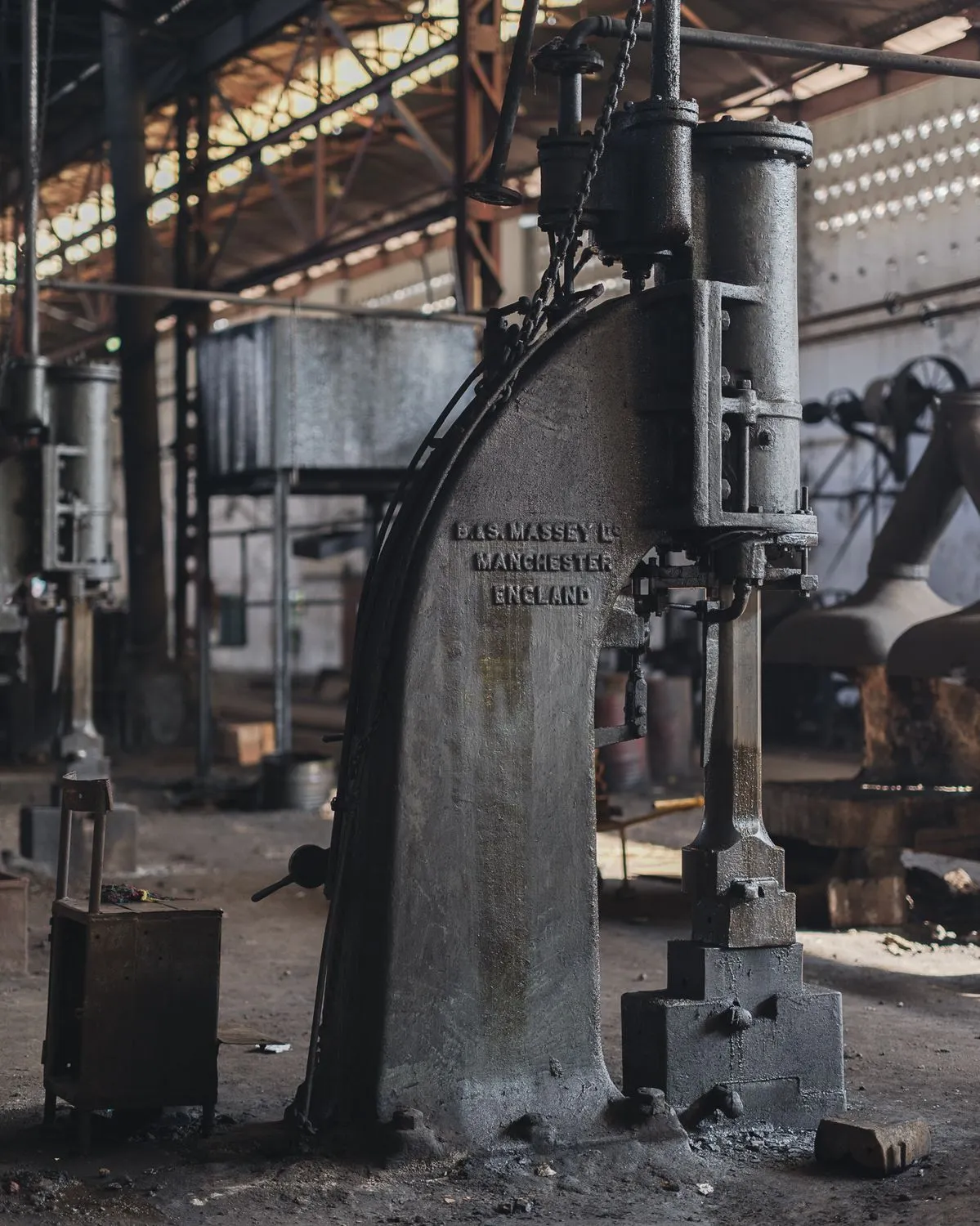
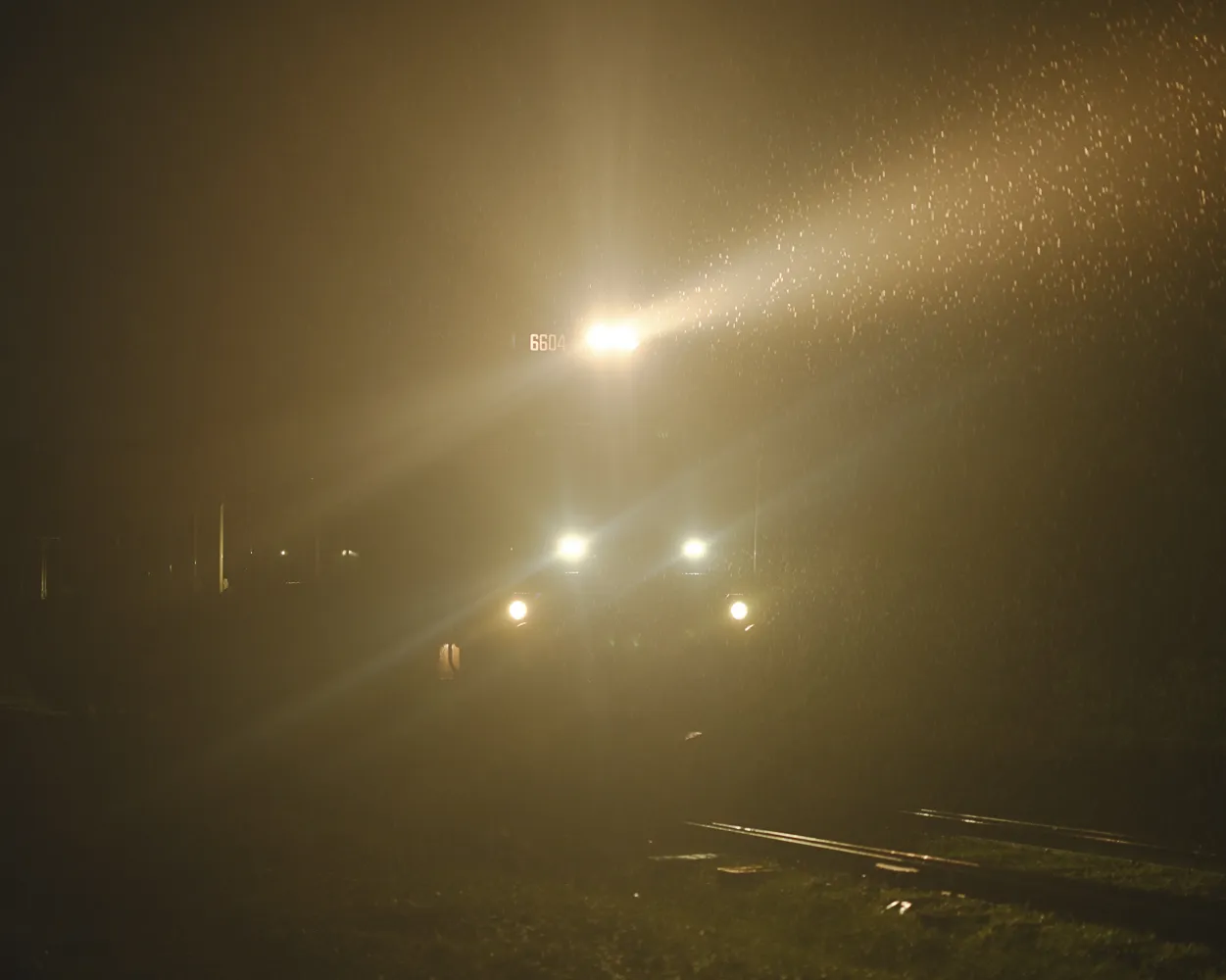
JM: Looking at these landscapes, slow violence — processes like erosion, abandonment, and collapse — seems to run through much of the work. What drew you to this mode of storytelling, rather than focusing on more immediate forms of crisis or catastrophe?
SP: I think part of it comes from the school I was studying at around 2010–11, in Dhaka—where I also now teach for more than 12, 13 years. Back then, storytelling was often immediate, reactive—like "this happened, so let's respond." But I was drawn to stories with more layers instead of reacting to things. What happens around us is rarely a single event; there’s always a backlog, a history often ignored or forgotten.
There is a drive to dig deeper, almost like an archaeologist—constantly uncovering layers over time. That mindset shapes my work, which requires observing things over a longer period. For example, I’ve told you how railways brought me to coal mining. But it was a project about a river, the biggest river in Bangladesh, that brought me to railways. At that point I was working on this for almost eight years. There's a rail town by the river I visited often, a small lunch spot with distinct colonial architecture and landscape. Over years of going there, I developed an interest and started making Polaroids of the place, which eventually led to the Railway series. From there, I expanded my work across the country and even into India, the other side of Bengal.
Time is crucial in my practice, and this focus on longer, slower forms naturally emerged.
JM: You often navigate between various timeframes, such as geological, industrial, and the immediate present. How do you approach representing these different temporal layers in your work?
SP: When I started working on these subjects, I was mostly looking at them through the lens of the colonial era or the industrial age, which spans around 200 to 300 years at most. One day at the mine, I held a piece of coal in my hand and I realized that this small black rock that I was holding was created somewhere between 350 million to 260 million years ago. That's just incomprehensible. Our brains can't really grasp that kind of timescale. When you compare that with 200 or 300 years of the industrial era, it feels like a speck of dust.
So instead of only thinking about what the British Empire, or other colonial powers like the French or the Dutch, have done—how recklessly they've damaged, not just the environment but entire cultures, civilisations, and people, one can argue that this growth also built the modern technological age we are living in. Even the fact that we’re speaking over Zoom across continents is a result of that. But again, that "growth" is just a blink of an eye compared to when the coal was formed.
So I became more conscious of geological time. I couldn't look at the work purely as a human, just thinking about the human condition in the present moment. I had to think of it from the perspective of the planet—as something alive, something breathing. And in that view, we’re almost like insects. Especially when you look at mining activity—you can literally see how tiny we are. And yet, the kind of damage or impact these tiny beings cause is grand.
So, I started stepping further and further back, trying to take a wider view. With film, you get to work with sound, which I’m very interested in. Sound can push the experience into another register. It helps us feel time differently. So, there's colonial time, yes—but the work also tries to stretch into geological or planetary time.
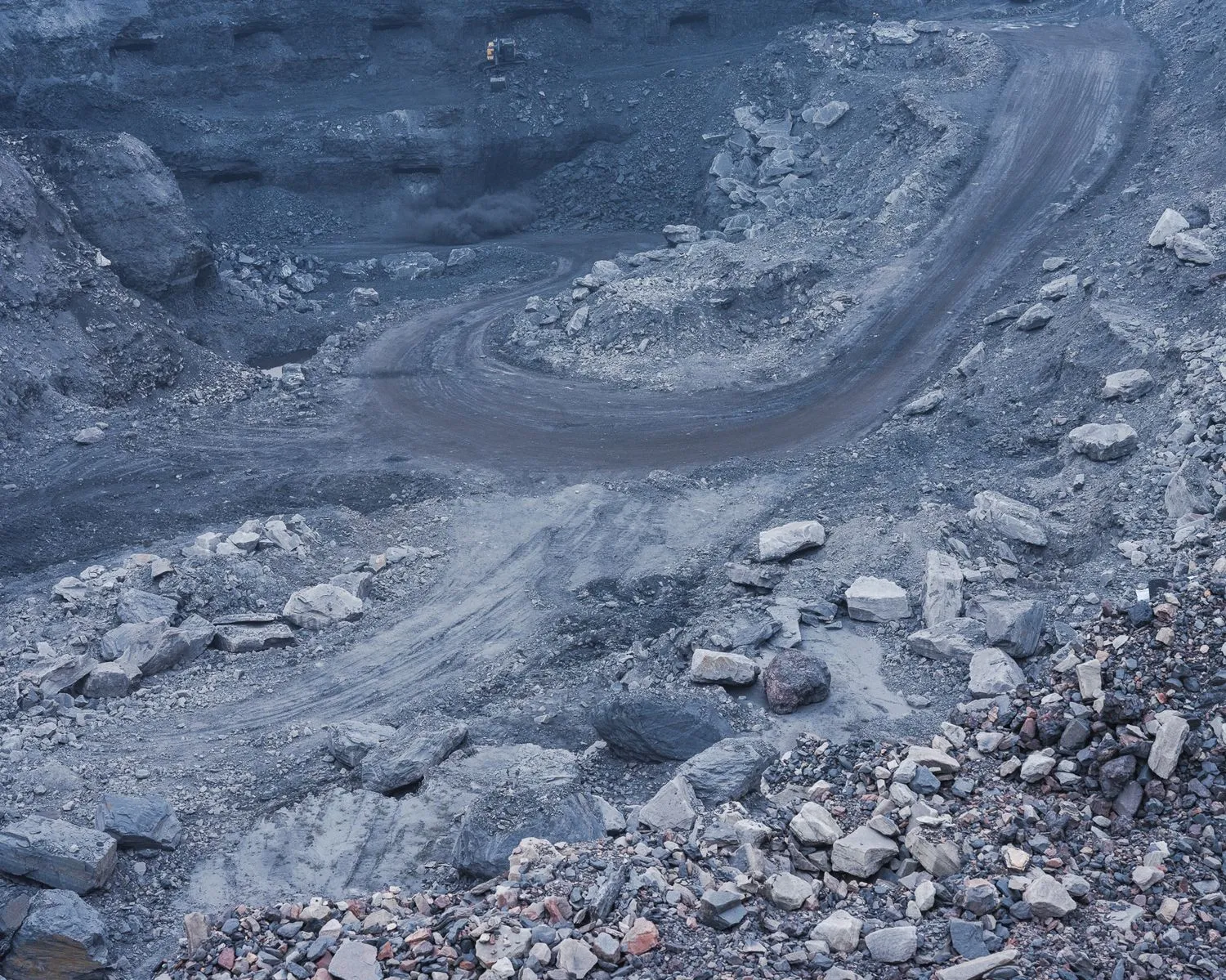
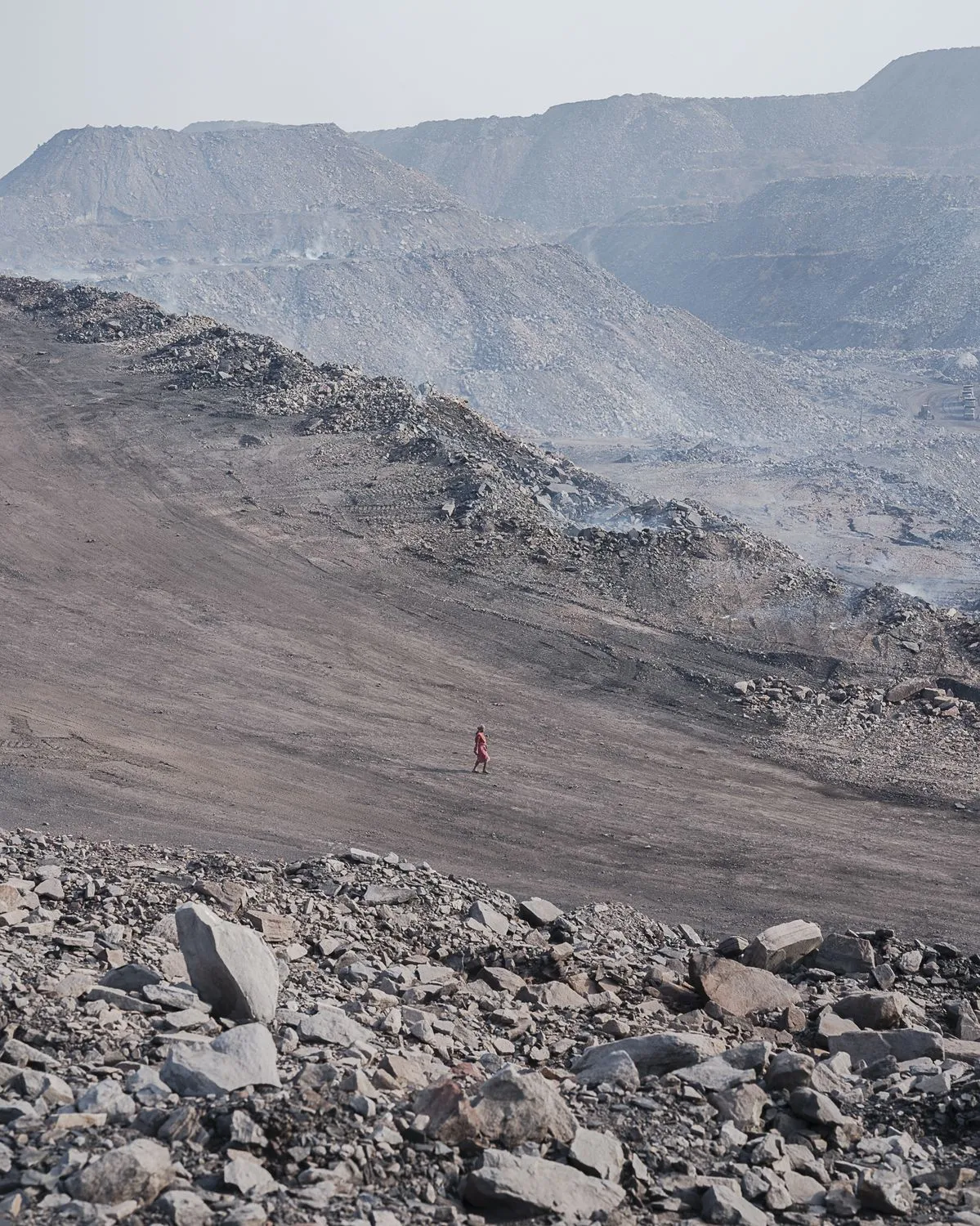
JM: The landscapes you photograph hold the weight of human activity but rarely feature people. How do you think this absence or indirect presence shapes our understanding of these spaces and their histories?
SP: In many of these photographs, I look at these places from a distant vantage point. I think what makes these landscapes interesting, lies in how they still carry the human presence—whether it's visible or not. The surface of the land, its texture, the scars, the machineries—it all speaks of human intervention. So for me, all landscapes are, in a way, loaded with human presence. Personally, I feel that the less I show people, the more I'm revealing what we’ve done—to these places, and to ourselves.
JM: As you've mentioned, your work involves a lot of research. How do you see the role of research in your photographic practice? How do you approach uncovering these overlooked or forgotten narratives and incorporating them into your visual practice?
SP: I wouldn't describe myself as very bookish or someone who follows a rigid research methodology. But once I get obsessed with a subject, I get very curious and want to learn everything I can about it. There’s a whole category of art making that's described as "research-based," and in some ways, I think most art is research-based to some extent. In my case, it's less formal. When something strikes a chord, I follow it wherever it leads.
As I mentioned, I started to work on the river, then that led me to the railways, and from there to coal—and coal, in turn, brought me to opium. I'm not saying opium will become my next project—it's incredibly complex, and I don't know how I would even begin to approach it visually—but if it were possible, I think that would be the next step, because all of these things are connected.
It's not just about regional or colonial history. These threads tie into the Opium Wars, trade with China, and even present-day pharmaceutical industries. And if we talk about the current opioid crisis, we have to trace it back to how this all started—through colonial practices, especially by the British empire, who used opium as a trade commodity that devastated generations in the east.
So these seemingly separate elements—opium, coal, railways—actually form a kind of triangle, a tightly interconnected web. That's how my research tends to unfold: organically, intuitively, through connections that begin to reveal themselves the deeper I go.
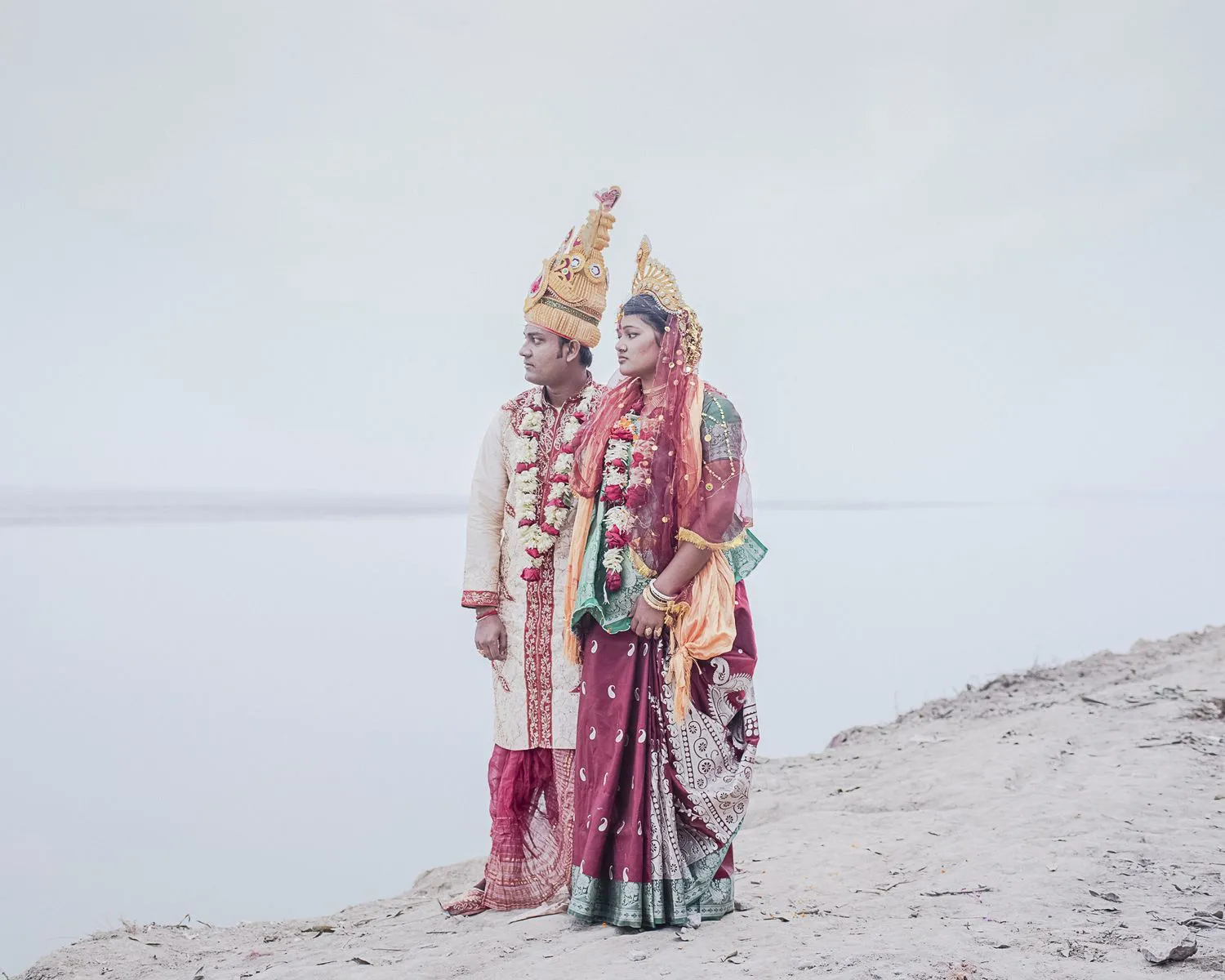
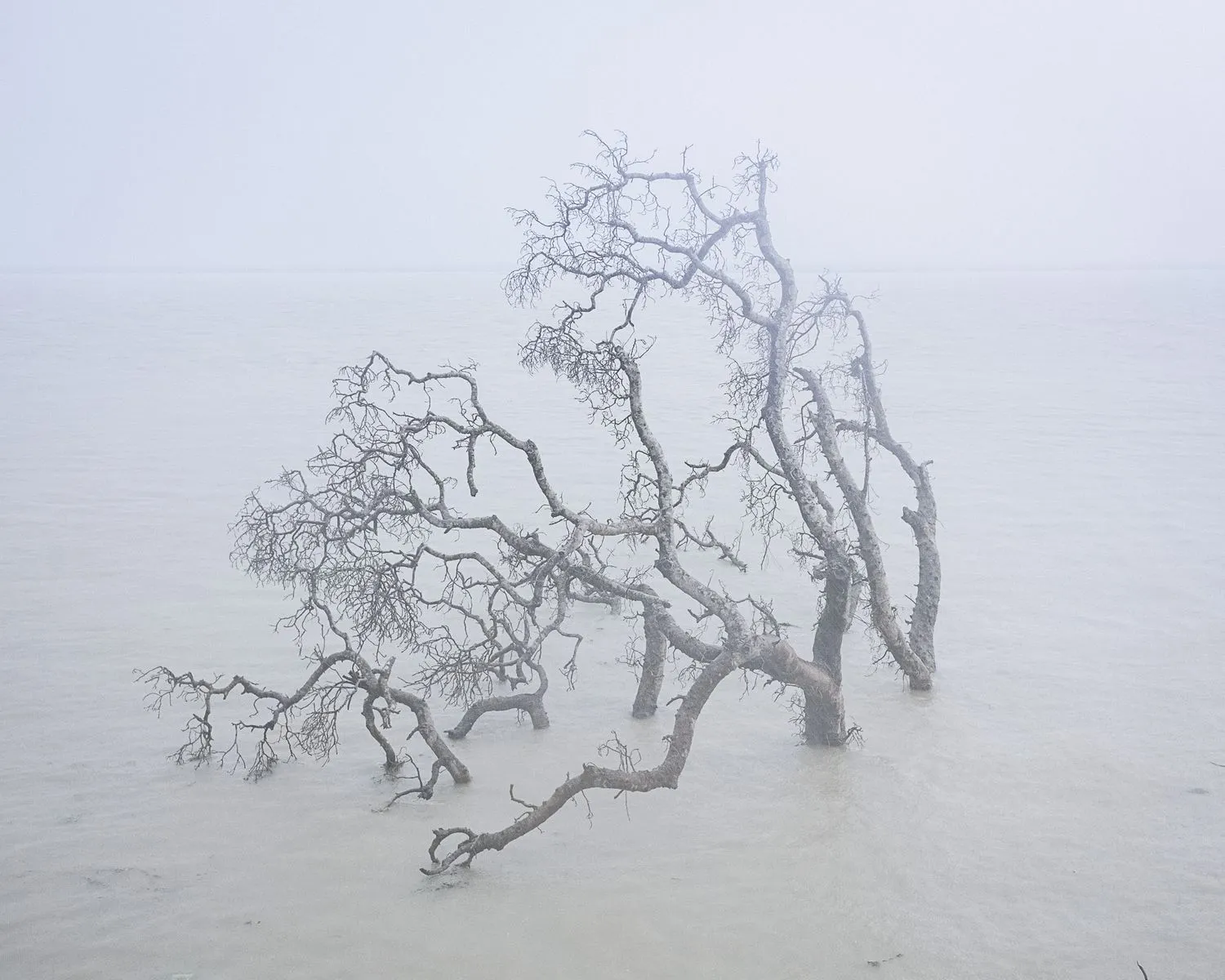
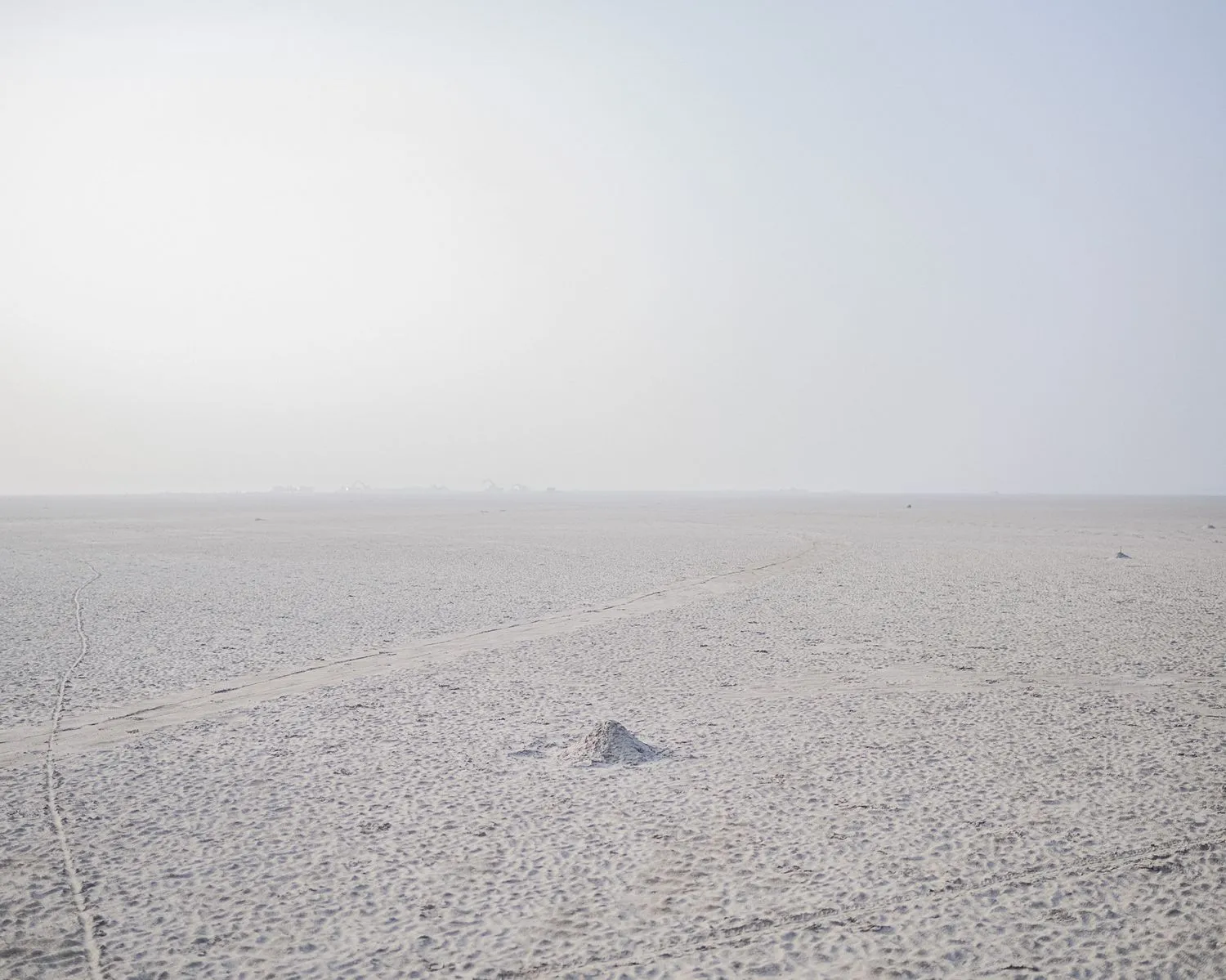
JM: So for the end—this fire that's been burning in the coal mine for over a century speaks to the ongoing exploitation of the land. How does this enduring fire fit into the larger themes of your work?
SP: The fire has such an important context. The city Dhanbad, is known as the coal capital of India, and the fire has been burning there for over a hundred years. It started back when the British began mining there, and later, local businessmen joined in. But there were protocols supposed to followed—basic safety measures, especially concerning the release of underground gases. But unfortunately, it wasn't. So methane leaked, came into contact with oxygen, and the fire started. It's never stopped.
That fire, in a way, is like a story within a story. And fire itself carries so many metaphorical meanings. Across cultures, we associate fire with destruction, imagining hell, with the underworld. These imaginations are often rooted in physical reality. When I see these burning landscapes, it does feel like the closest to hell.
That's why the film ends with the fire. It brings the work to its most visceral, elemental core. It becomes a symbolic closure, returning to something ancient and unstoppable.
JM: I agree. Seeing the work, I felt this fire holds such symbolic power.
SP: It was also the title of the chapter The Age of Fire, in the book which we spoke about earlier. It marks the beginning of the Anthropocene, and it begins with coal mining. So, in a way, the work ends there — with fire — almost on a subconscious level. It closes the circle.
